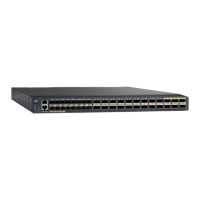
Do you have a question about the Cisco UCS 6332 and is the answer not in the manual?
| Switching Capacity | 2.56 Tbps |
|---|---|
| Form Factor | 1 RU |
| Product Type | Fabric Interconnect |
| Input Voltage | 100-240 VAC |
| Management | Cisco UCS Manager |
| Power Supply | Dual hot-swappable power supplies |
| Jumbo Frame Support | Supported |
| Fans | 4 hot-swappable fans |
| Latency | Less than 1 microsecond |
Details the core functionalities and capabilities of the fabric interconnect, including connectivity and management.
Describes the specifications and ports of the Cisco UCS 6332 model, a 1 RU switch with 32 QSFP+ ports.
Outlines the specifications and ports of the Cisco UCS 6332-16UP model, a 1 RU chassis with 16 SFP+ and 24 QSFP+ ports.
Explains the types and configuration of ports available on the fabric interconnects, supporting Ethernet and Fibre Channel.
Details the numbering scheme and grouping of ports on the fabric interconnect for easy identification.
Explains the feature allowing 40-Gbps ports to function as multiple 10-Gbps ports for backward compatibility.
Covers the types, models, and specifications of power supplies used in the fabric interconnect.
Describes the fan modules and their status indicators, ensuring proper system cooling.
Provides information on the status LEDs for various components like ports, system status, and power.
Lists compatible transceivers for Ethernet and Fibre Channel connections, including SFP+ and QSFP modules.
Covers essential considerations and safety warnings before performing the installation of the fabric interconnect.
Specifies the necessary physical requirements for cabinets and racks to ensure proper installation and airflow.
Details the procedures for proper grounding to prevent damage and ensure safety during operation.
Outlines the steps for powering on and initializing the fabric interconnect after installation.
Describes how to replace or install various hardware components like power supplies and fan modules.
Instructions for preparing the unit for shipment, including using original packing materials.
Discusses planning and gathering equipment needed for establishing network connections.
Provides steps for establishing a local management connection via the RS-232 console port.
Details how to connect the RJ-45 management port to an external hub, switch, or router.
Explains the process of installing and removing SFP+ transceivers and cables for data connectivity.
Details procedures for connecting to Fibre Channel ports using SFP transceivers for SAN connectivity.
Offers guidelines for keeping transceivers and fiber-optic cables clean and functional for optimal performance.
Lists physical dimensions, weight, and environmental operating parameters for the fabric interconnect models.
Details the AC, DC, and HVDC power supply properties, input voltage, and output specifications.
Provides general specifications for 10-Gigabit Ethernet SFP+ transceiver modules, including connector type and wavelength.
Outlines environmental and power requirements for SFP transceivers, including temperature and humidity ranges.
Lists the items included in the fabric interconnect accessory kit, such as rails, brackets, and cables.
Describes the console cable used for management connections, including connector types and pinouts.
Details the console port's characteristics, such as its RS-232 serial nature and RJ-45 connector.
Lists supported AC power cords and plugs for various regions, ensuring proper power connection.
Details the specifications for cabinet jumper power cords, used for power distribution within racks.
A checklist for planning the site location, layout, environmental factors, and accessibility for equipment.
A worksheet to record essential contact personnel and site-specific information for reference.
Worksheets for recording network-related information and details about installed chassis and modules.
A brief overview of the fabric interconnect's role in providing network connectivity and management.
Information on configuring SNMP traps for monitoring system status, fans, and power supplies.
Explains how the system displays link status changes for server ports, including link down events.
Provides best practices for installation, initialization, and operation to ensure system stability.


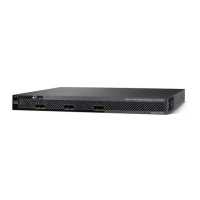
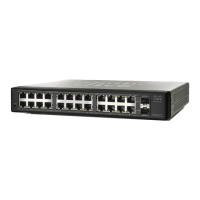



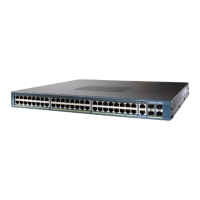



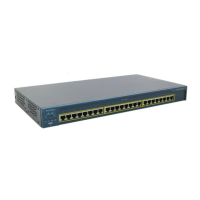
